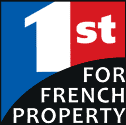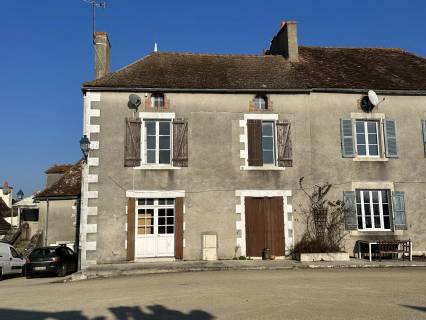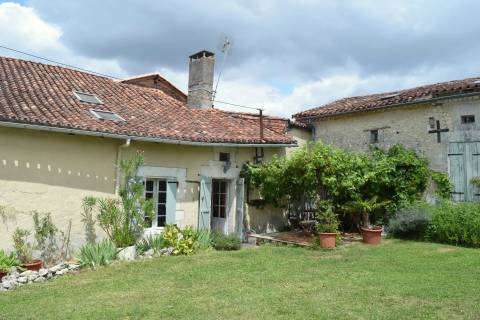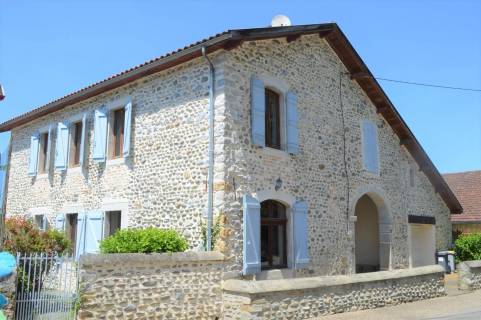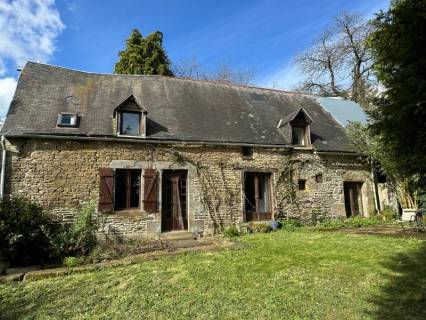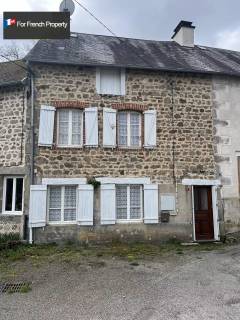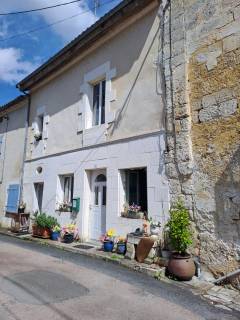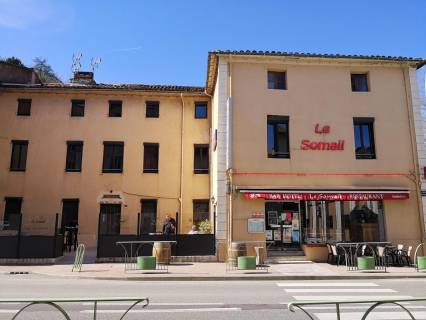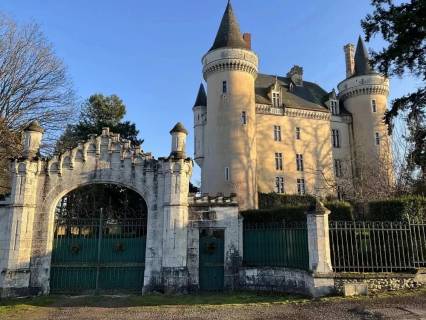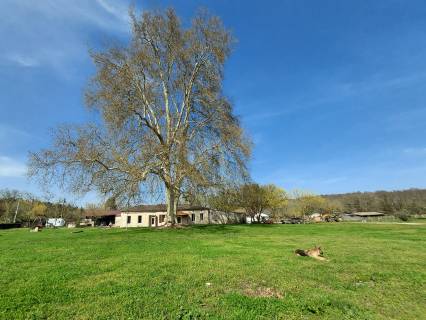Feb 192019
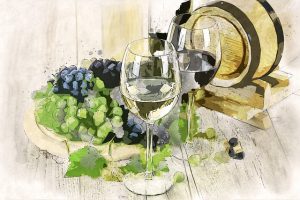 Most of us love to drink French wines, but how much do we actually know about them? Here is an overview of some of the classic French wine-producing areas and their wines.
Most of us love to drink French wines, but how much do we actually know about them? Here is an overview of some of the classic French wine-producing areas and their wines.
With an estimated production of between seven and eight billion bottles a year, France is one of the world’s largest wine producers. The country is also the source of many grape varieties that can now be found the world over, and many regions can trace their wine production back to Roman times.
Wines can be identified either by grape or by region, known as terroir. There are hundreds of grape varieties, and the type of grapes used is more important than the vineyards’ climate or geography. While some wines are made of just one grape type, many are blended, with the most predominant type named on the label.
Some of the main grape varieties used in French wine-making are:
White Grapes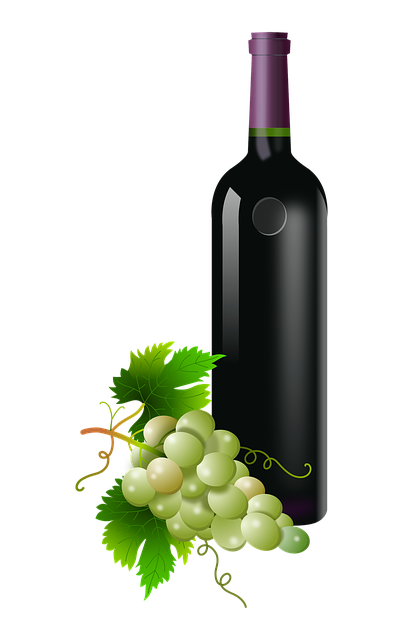
-
Chardonnay: one of the greatest white grapes, fresh with notes of lemons and apples when young, maturing to a complexity of spicy, buttery and biscuit flavours.
-
Chenin Blanc: honey and fruit
-
Colombard: fragrant and flowery
-
Muscat: the flavour of eating grapes
-
Pinot Blanc: simple, gentle and flowery
-
Pinot Gris: full, rich and dry with spicy fruit
-
Sauvignon Blanc: crisp, fruity, gooseberry flavours, to be drunk young
-
Semillon: rich and sweet
Black Grapes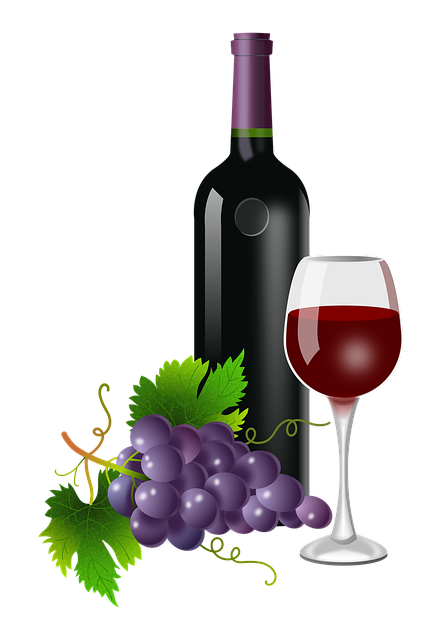
-
Cabernet Franc: subtly fragrant, often considered a more feminine version of Cabernet Sauvignon
-
Cabernet Sauvignon: big, blackcurrant and sweet pepper flavours
-
Gamay: the grape of Beaujolais, with a distinctive fragrance and fruit flavour, best drunk young and even chilled
-
Merlot: round, velvety and quite tannic
-
Pinot Noir: the red grape of Burgundy, with the aroma and tastes of strawberries or raspberries
-
Shiraz: a strain of the Syrah; full-bodied and peppery, reminiscent of raspberries, often blended with Cabernet Sauvignon
-
Syrah: the grape of Northern Rhone, especially Hermitage, dark red-black in colour, intensely fruity, reminiscent of raspberries
Popular Wine-Making Regions
Alsace
Located close to the border with Germany, Alsace produces fresh, dry, medium-bodied aromatic white wines, mostly from German grape varieties (Gewurztraminer, Muscat, Pinot Gris, Pinot Noir, Riesling and Sylvaner among them) but with a higher alcohol content than most German wines.
While most grapes grown in Alsace are white, Pinot Noir is used both as a red wine and in the sparkling wine Crémant d’Alsace.
Beaujolais
South of Burgundy, Beaujolais has different wine-making traditions, and uses the Gamay grape, which is simple, purple-red, and bursting with fruit.
The famous Beaujolais Nouveau is available from the third Wednesday of every November. For a fuller-bodied wine, however, try Beaujolais-Villages, which comes from the area’s forty best villages. There are also ten Crus, of which the best known are Morgon, Fleurie and Moulin-A-Vent.
Bordeaux
A very large area with varying soils and climates, the region of Bordeaux is divided into the Left and Right Banks, split by the Gironde river, which is fed by two smaller rivers, the Garonne and the Dordogne.
On the right bank of the Dordogne and the Gironde, the grapes used are Merlot, and notable wine producing villages are:
-
Bourg and Blaye – plummy, light and simple
-
Pomerol – dark, rich and plummy
-
St-Emilion – soft and plummy
On the left bank are the Medoc and Haut Medoc regions, where Cabernet Sauvignon grapes are grown, and wine-producing villages to look out for are:
-
Margaux – delicate and finely perfumed
-
Pauillac – full, intense and very blackcurrant
-
St-Julien Medoc – elegant and cedary
Between the two rivers is Entre-Deux-Mers, known for its white wines made from Sauvignon Blanc, Semillon and Muscadelle. More expensive whites, such as Graves, will be at least half Semillon, and have oaky, nutty flavours that need several years to mature. Semillon grapes are also used in sweet wines, such as Sauternes.
Burgundy
The famous wine-growing regions in Burgundy are Chablis, in the north between Paris and Dijon, Cote d’Or between Dijon and Lyon, Cote Chalonnaise and Mâcon, both in Saone et Loire.
-
Chablis is famous for white wines made from Chardonnay grapes. Chablis Grand Cru comes from the best slopes and is intense and long-lived, while the St-Bris area near Chablis makes cheaper Sancerre-like Sauvignon and Chardonnay wines
-
Cote d’Or is where the finest Burgundies are produced, and is made up of two regions – in the north Cote de Nuits is best known for its Pinot Noir, and in the south Cote de Beaune is famed for its Chardonnay
-
Cote Chalonnaise and Mâcon produce Pinot Noir from Givry or Mercurey, while the wine-makers of Pouilly-Fuissé, St-Véran and Rully make fine Chardonnay
View our properties for sale in Burgundy
Champagne
The cool climate of the northerly Champagne region produces a sharp, fresh tang of not-too-ripe grapes. By law, Champagne has to be made by a specific Champagne Method, where the bubbles are the result of a second fermentation in each bottle.
Some Champagnes are made purely from Chardonnay, and are light, flowery, honeyed and fragrant, but more typically are two-thirds from black grapes, such as Pinot Noir or Pinot Meunier, topped up with Chardonnay.
For a cheaper and less bubbly alternative, try Crémant sparkling wines.
Languedoc-Roussillon
These two large regions are in the south-west on the Mediterranean coast.
Languedoc is considered by some to be the producer of France’s New World wines, despite its wine tradition dating to Roman times. Mostly red wine is produced here, with Carignan grapes the typical backbone, but others used include Grenache, Mourvèdre and Syrah.
Small amounts of rosé are produced from Cinsaut, Syrah and Grenache grapes, and increasingly interesting white wines are now being made.
Fitou, Corbieres, Minervois, St. Chinian, Faugeres and Languedoc are the popular wines to choose from. Also look out for the sparkling Blanquette de Limoux and Crémant de Limoux.
Roussillon produces rich dessert or port-like wines using Grenache Blanc, Muscat and Grenach grapes, and made in Rivesaltes, Maury and Banyuls. Production of unfortified wines is now increasing, with Côtes du Roussillon representing usually robust reds and heady whites.
View our properties for sale in Languedoc-Roussillon
Loire
There are four wine regions around the Loire River: The Pays Nantais, Anjou-Saumur, Touraine and the Central Vineyards.
-
The Pays Nantais is the closest to the Atlantic and famous for Muscadet, a white wine made from the Melon de Bourgogne grape
-
In Anjou-Saumur and the Touraine, the white honey-flavoured grape Chenin Blanc and the red Cabernet Franc and Gamay are used. The best rosé here is Cabernet d’Anjou
-
The Central Vineyards are known mainly for their sharp and gooseberry-fresh Sauvignon Blanc, of which Sancerre is the best-known and most expensive. Similar but less famous are wines from the nearby producers Menetou-Salon and Pouilly-Fumé
Lovers of sparkling wines should try Crémant de Loire, a Champagne method sparkling wine, and Saumur or Vouvray sparkling wines.
View our properties for sale in Western Loire
Provence
Provence is best known for its rosé wine, usually a blend of Grenache, Syrah, Cinsault and Mourvèdre grapes.
Their reds are traditionally made using the Carignan grape, often blended with Grenache, Syrah, Cabernet and Merlot.
The more interesting, concentrated wines to look for are Bandol, Bellet, Cassis, Corbieres, Coteaux des Baux-en-Provence and Fitou. Producers in Bandol also make exceptional rosé wines from younger vines not yet ready to be used in red wine.
For simple reds, rosés and white wines, choose between Aude, Costieres du Gard, Coteaux du Languedoc, Coteaux d’Aix, Cotes de Provence, Cotes du Roussillon, Herault or Minervois.
View our properties for sale in Provence
Rhône
The Rhône River starts from the Alps and flows down through Valence and Avignon, ending in the Mediterranean near Marseilles. The area is generally split into two parts: the Northern Rhône and the Southern Rhône.
Côtes-du-Rhône wines are likely to be blends. Better wines come from the eighteen villages that are allowed to add their names to the labels, such as Beaumes-de-Venise, Gigondas, St-Gervais, Vacqueyras, Valreas and Vinsobres.
View our properties for sale in Rhône-Alpes
Northern Rhône
Characterised by big, flavourful red wines using the Syrah grape, redolent of raspberries or blackcurrants when mature, the most famous of which is Hermitage, known for its big, intense, smoky flavours. For a less expensive wine, try St. Joseph or Crozes-Hermitage.
The Vin de Pays Collines Rhodaniennes from the Rhône Valley are made from Syrah, Merlot, Gamay and Viognier and can be delicious and more affordable.
Southern Rhône
Half to three-quarter of the reds produced are made using the Grenache grape, with strawberry and peppery-spicy aromas, but increasingly Syrah grapes are used for extra flavour and firmness.
Many wines here are GSM blends, short for Grenache, Syrah and Mourvèdre.
Other grapes, such as Cinsault and Counoise, may be used, and no fewer than thirteen different grapes are allowed in the blend for Châteauneuf-du-Pape.
White wines are often blends of Grenache Blanc, Marsanne, Roussanne and Viognier, though a few other grapes are also allowed.
Southern Rhône wines to look out for include:
-
Ardeche – simple red and white Vins de Pays
-
Chateauneuf-du-Pape – fast maturing fruity red
-
Cotes-du-Luberon – simple fresh reds, whites and roses
-
Cotes-du-Ventoux – good light reds
-
Gigondas – big, tough reds
-
Muscats de Beaumes-de-Venise – sweet, fortified white
-
Tavel – full-flavoured dry rose with high alcohol content
South-West France
This area, south-west of Bordeaux, produces many Bordeaux-style reds and whites, influenced by the Atlantic and the Basque region. The main grapes used include Muscadelle, Sauvignon Blanc, Semillon, Cabernet Sauvignon, Cabernet Franc, Malbec and Merlot.
Wines to look out for include:
-
Bergerac – comparable to red and white Bordeaux, with Cotes de Bergerac more concentrated
-
Buzet – fuller bodied
-
Cotes de Duras – similar to Bergerac and Bordeaux
-
Cahors – perfumed, fruity and complex
-
Gaillac – soft, peppery and spicy
-
Fronton – mostly light, good value
-
Madiran – soft and fruity or full, black and tannic
What do the Classifications Mean?
The Appellation d’Origine Contrôlée (AOC) system was replaced by the Appellation d’Origin Protégée (AOP) in 2012. These Appellation rules define which grape varieties and wine-making practices are approved for classification in each of France’s several hundred geographically defined appellations, which can cover regions, villages or vineyards.
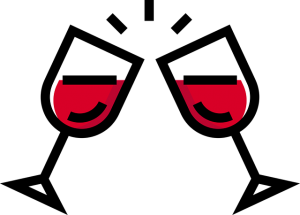 Less expensive table wines are known as Vin de Pays, and state a specific region, eg Vin de Pays d’Oc from Languedoc-Roussillon. These wines are subject to less restrictive regulations than AOC wines. At the cheapest end is Vin de Table, which only states the producer and that it comes from France.
Less expensive table wines are known as Vin de Pays, and state a specific region, eg Vin de Pays d’Oc from Languedoc-Roussillon. These wines are subject to less restrictive regulations than AOC wines. At the cheapest end is Vin de Table, which only states the producer and that it comes from France.
Santé!
